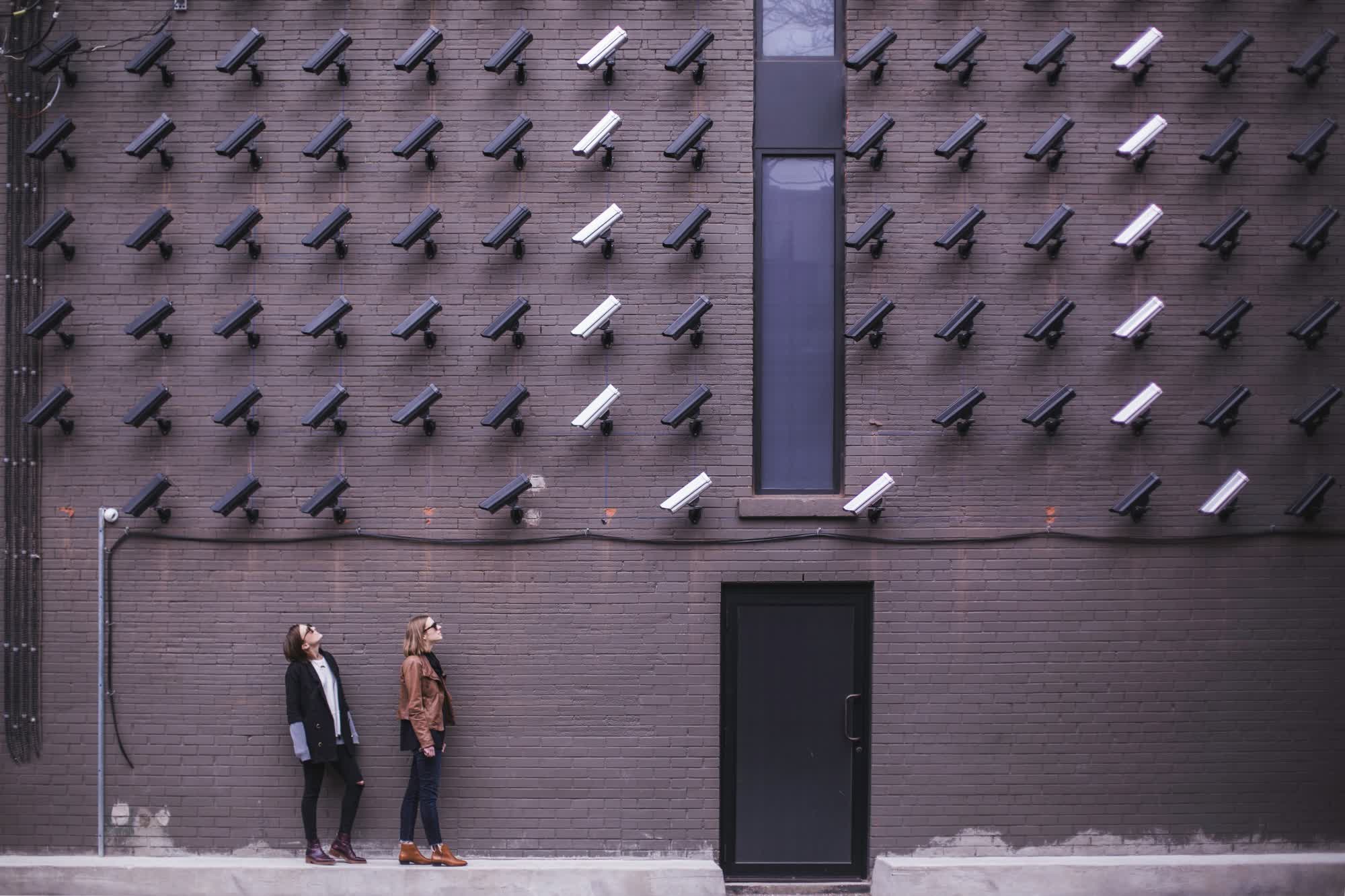In brief: Russian authorities used facial recognition technology to identify and arrest some citizens who attended the funeral of opposition leader Alexei Navalny. The Russian watchdog OVD-Info reports that at least five people who attended the event have been detained in Moscow.
Navalny's funeral on March 1 was filled with supporters defying Russia's strict laws against pro-Ukrainian speech. One woman was captured on video saying "Glory to the heroes," the traditional response to the salute "Glory to Ukraine." She was charged with "displaying a banned symbol" and handed a small fine, but allowed to return home the next day, writes Semafor.
The Russian independent news outlet Agenstvo reports that several other funeral attendees were also apprehended, though the charges against them remain unknown.
OVD-Info spokesman Dmitry Anisimov told Agenstvo that Russian police were able to identify and trace individuals from the funeral "right up to their door" using facial recognition tech. Days before the funeral took place, authorities installed several new surveillance cameras around the church and cemetery.

Russia is one of many oppressive regimes that relies on facial recognition technology to identify dissidents. It has been used extensively to arrest hundreds of protesters since the invasion of Ukraine.
Reuters writes that in 2017, Moscow announced the launch of one of the world's largest facial recognition video surveillance networks, which at the time consisted of 160,000 cameras, more than 3,000 of them connected to the facial recognition system. Originally meant to identify and capture criminals, the network is now used to spot protestors.
Reuters also notes that at least three of the companies (three Russian, one from Belarus) that provide the algorithms for Russia's facial recognition systems have used chips from Nvidia or Intel in conjunction with these algorithms, though there is no suggestion that the Western firms breached sanctions.
China is another country whose authorities lean heavily into facial recognition. It was reported in 2018 that some of China's police were using glasses embedded with the technology, and it was once used to identify a suspect from a crowd of 50,000 people. China even uses gait-recognition to identify people who are trying to hide their faces.
